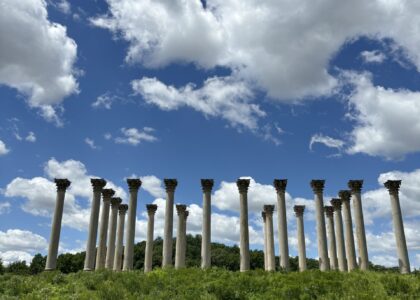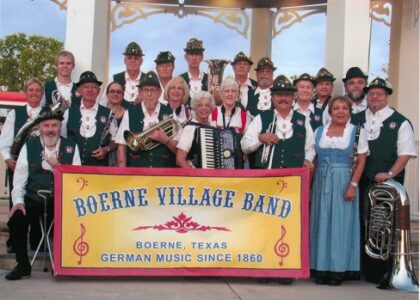Welcome to the historical narrative of the Eyeish People and their mission. Situated in the lush landscapes of what is now Eastern Texas, the Eyeish were a Caddoan-speaking tribe, part of the larger network of Caddo tribes that inhabited the region prior to European contact.
The Eyeish are noted for their interactions with European explorers and settlers during the 17th and 18th centuries. The first known European to encounter the Eyeish was the Spanish explorer Alonso De León in the late 1600s. De León’s expeditions were part of Spain’s attempts to expand its territories and establish missions in Texas. The Eyeish, along with other Caddo tribes, played a crucial role in the interactions between the French and Spanish colonizers, often acting as intermediaries in trade and negotiations.
In 1716, the Spanish established the Mission Nuestro Padre San Francisco de los Tejas near the Eyeish settlement as part of a broader effort to convert the local Indigenous populations to Christianity and integrate them into the colonial economy. The mission served as a focal point of cultural exchange, albeit often fraught with tension, as the Eyeish navigated the pressures of adopting new religious practices while preserving their own traditions.
Over the years, the Eyeish, like many Indigenous groups, faced challenges from encroaching settlers, disease, and the political dynamics of colonization. By the 19th century, many of the Eyeish had been displaced or assimilated into other Caddo groups as the United States expanded westward.
Today, the legacy of the Eyeish people is remembered as part of the rich tapestry of Indigenous history in Texas. Their story is one of resilience and adaptation in the face of significant change, reflecting the broader narrative of Indigenous peoples across the Americas.




